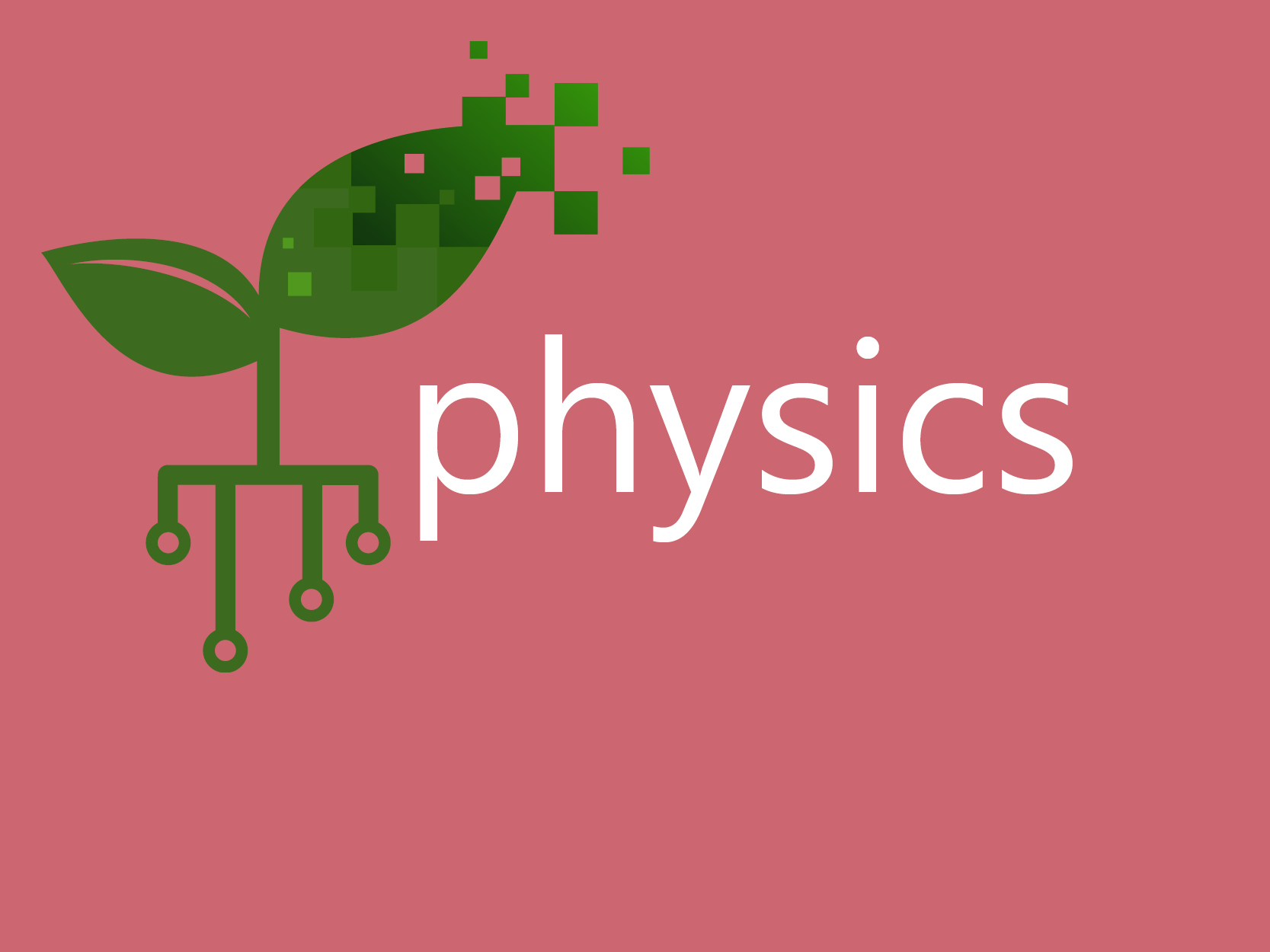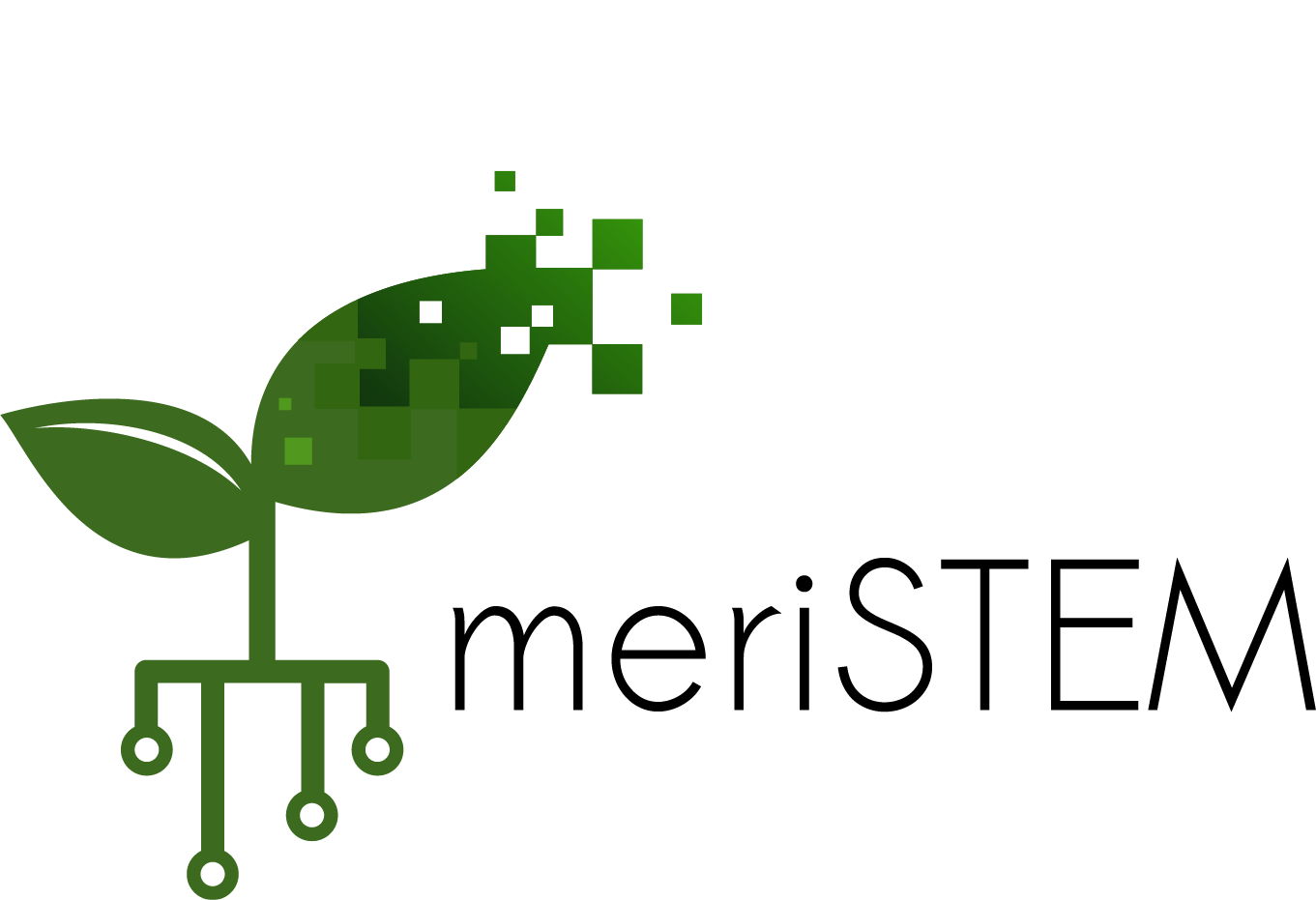Senior Physics – Tasmania

The current syllabus in Tasmania is different in content and sequence to the Australian Curriculum, however there is much overlap.
These are example schedules to demonstrate the content of the meriSTEM online course as it might map to the Tasmanian curriculum.
Physical sciences: Criteria 4 – 6
| TAS Criterion | TAS Criterion sub-topic | meriSTEM Module | Sub-topic | Australian Curriculum Physics Science Understandings |
|---|---|---|---|---|
| (Revision) | Science Skills | Welcome to meriSTEM | ||
| Units | ||||
| Measurement | ||||
| Significant figures | ||||
| Graphs | ||||
| Interpreting data | ||||
| Scaling and Estimates | ||||
| Formulae, algebra, vectors & scalars | ||||
| 4. Properties of atoms and nuclear reactions | Nuclear Physics | 1. Nuclear composition, 2. Nuclear stability, 3. Unstable nuclei and decay processes 4. Nuclear halflives, 5. Nuclear energies and masses, 6. Nuclear reactions, 7. Nuclear power, 8. Binding energy, 9. Ionising radiation | 26, 27, 29, 30, 31, 33, 34, 35, 36, 37, 38, 39 | |
| 5. Motion and force | Mechanics | 1. Motion, 2. Forces | 53, 54, 60, 61, 62, 63 | |
| 6: Conservation in Physics | Momentum conservation | Mechanics | 3. Momentum | 54, 63, 64 |
| Energy conservation | Mechanics | 4. Energy and work | 63, 65, 66 | |
| Electric circuits | Electrical Physics | All [1. What are circuits? 2. Charge and current3. Energy in a circuit4. Voltage and current 5. Power 6. Resistance and Ohm’s Law 7. Circuit analysis] | 37, 38,39,40, 41,42,43,44 |
Physics Criteria 6 – 8+
| TAS Criterion | TAS Criterion sub-topic | meriSTEM Module | Sub-topic | Australian Curriculum Physics Science Understandings |
|---|---|---|---|---|
| (Revision) | Science Skills | Welcome to meriSTEM | ||
| Units | ||||
| Measurement | ||||
| Significant figures | ||||
| Graphs | ||||
| Interpreting data | ||||
| Scaling and Estimates | ||||
| Formulae, algebra, vectors & scalars | ||||
| 6. Principles and theories of electromagnetism | Static electricity | Electromagnetism | 1. Introduction, 2. Electric fields, 3. Coulomb’s law | 102, 103, 104,105 |
| Magnetic fields | 4. Magnetism, 5. Magnetic fields, 8. Electromagnetic waves, 6. Magnetic forces | 106, 109, 110, 112, 113 | ||
| Induction by Magnetic Fields | 7. Induction | 108,109,110,111 | ||
| 7. General principles of wave motion | Waves and Optics | 1. Introduction, 1.2 Wave properties2. Wave behaviour (including sound waves)3. Refraction4. Light ,5. Optics | 67, 68, 69, 70, 71, 72, 73, 74, 75, 76, 77, | |
| 8. The wave-particle nature of light, atomic and nuclear physics and models of the nucleus and nuclear processes | Particle nature of light | Quantum Mechanics | 1. Double slit experiment, 2. Origins of quantum mechanics | 135, 136, 137, 140 |
| Energy levels of atoms, atomic structure | 3. Atoms and atomic spectra, 4. Quantum mechanics describes everything | 123, 135, 137, 138, 139, 140 | ||
| Nuclear Physics | Nuclear Physics | 4. Nuclear halflives, 5. Nuclear energies and masses, 6. Nuclear reactions, 9. Ionising radiation | ||
| + The theory of relativity and the Standard Model of particle physics | The Standard Model | The Standard Model | 1. Introduction to sub-atomic particles, 2. Reactions, 3.Cosmology and the standard model | 141- 147 |
| Special Relativity | Special Relativity | All [1. Galilean relativity, 2. Galilean relativity on a train, 3. Frame transformations, 4. The postulates of special relativity, 5. Time dilation, 6. Relativity of simultaneity , 7. Length contraction, 8. Concluding remarks, 9.Paradoxes: Muons, 10. Paradoxes: Bell’s spaceships, 11. Paradoxes: The relativistic limo, 12. Relativistic momentum | 129, 130, 131, 132, 133, 134 |
Note. As this course was designed around the Australian Curriculum, currently the course does not include specifically:
- Criterion 6 – Millikan’s oil drop experiment
- Criteron 7 – implications for communication, implications regarding image resolution for microscopes

